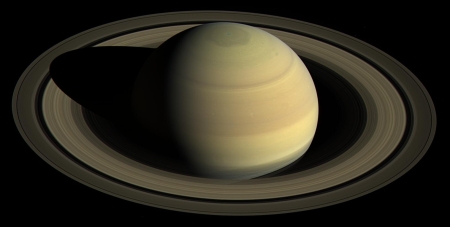In remarks at a conference yesterday NASA administrator Charles Bolden expressed his distrust and lack of confidence in the ability of private companies to build large heavy lift rockets.
“If you talk about launch vehicles, we believe our responsibility to the nation is to take care of things that normal people cannot do, or don’t want to do, like large launch vehicles,” Bolden said. “I’m not a big fan of commercial investment in large launch vehicles just yet.”
…Despite the demonstrable efforts by both SpaceX and Blue Origin, Bolden nonetheless said that “normal people” cannot, or do not want to, develop large launch vehicles. What the administrator appears to be asserting here is that NASA is more special, or better, than those in the private sector when it comes to building rockets.
The article at the link notes the strangeness of Bolden’s remarks, especially since NASA itself has failed, despite repeated efforts, to build its own new rocket since the 1970s. The author also notes the high cost of SLS, though the numbers he cites — $13 billion to develop and build SLS — is actually about half the real cost, which will be about $25 billion to build two SLS rockets.
Bolden here illustrates the old way of doing things. He will be gone soon, however, and a new way will replace him, private, competitive, innovative, and fast moving, everything that NASA has not been in the past four decades.


